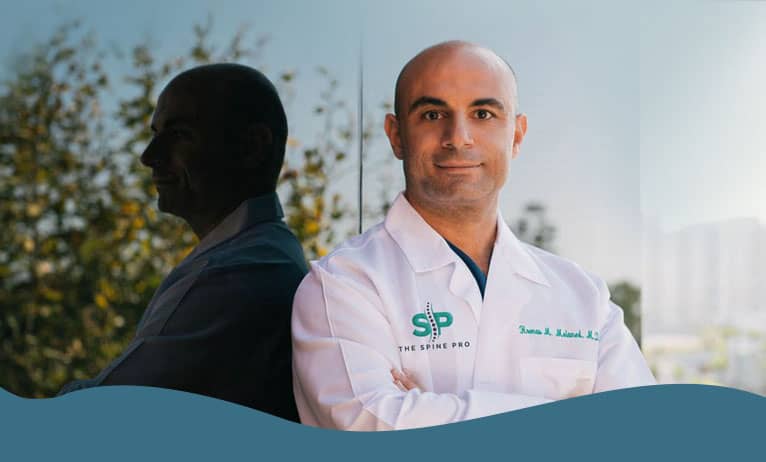How Exercise Reduces Back Pain
Back pain is a common, yet often, debilitating condition. It can seemingly come out of nowhere, making it difficult to complete even the simplest tasks, such as sitting or standing. Pursuing a healthy lifestyle that incorporates regular exercise plays an important role in many aspects of your life, especially when it comes to maintaining a healthy and strong back.
When you experience acute sudden low back pain, your first instinct may be to lay down and relax on the couch. Rest and laying down should only be done for the first 2-3 days maximum. However, after a maximum of 3 days of bed rest, you need to start getting your activity levels up. Here are a few reasons why being active and proper nutrition may save your back:
Exercise helps recovery
Unless your back pain is caused by a severe condition like a chronic disease or fracture, most low-intensity cardio, and weight training activity can actually help manage back pain. These exercises can help strengthen the muscles to support the spine, which can help relieve back pain.
Initially, try to avoid high impact activities until you start feeling better and slowly ease into it. When working out, make sure you have the proper form when performing an exercise. It’s not about how heavy you can lift, it’s about how well you can perform the actual exercise in the best form to avoid injury. Try to do a minimum of 12 repetitions with any exercise. This will ensure the least amount of pressure on your joints.
Core work boosts stability
Developing core strength and trunk stability is essential for everyday health and well-being. A strong core protects the spine, reduces back pain, and improves balance, stability, and posture. Some exercises for the core that can help with back pain include:
- Side plank
- Plank
- Bird dog
- Marches
- Upward dog
Yoga helps stretch the muscles
Yoga is all about stretching and stability, which help reduce tension in stress-carrying muscles. Within each pose, certain muscles flex, increasing strength, while others stretch, promoting relaxation and flexibility in muscles and joints.
Many of the postures in yoga strengthen the muscles in the back, as well as the abdominal muscles. These are essential components of the muscular network of the spine, helping the body maintain proper posture and movement. When the back and abdominal muscles are well conditioned, back pain can be greatly reduced.
Sheds excess weight
Exercise can help shed the excess weight that can worsen back pain. Excess weight and obesity are linked to back pain. Imagine that you are wearing a backpack weighing 25 pounds and told to walk with that every day and do your normal daily activities. This is how your back feels when you are 25 pounds overweight.
Unhealthy weight stresses almost every organ in the body, so it shouldn’t be a surprise that it also increases the risk of back pain, muscle strain, and joint pain. When the body carries extra weight, that weight pulls the pelvis forward. Over time, the spine can become tilted and develop an unnatural curvature.
If you smoke, stop smoking
Smoking has been shown to be extremely detrimental to the joints cartilage and discs in the spine. Smoking will cause accelerated degeneration and destruction of the discs with time. For every additional cigarette, your risk goes up multiple folds.
Avoid pro-inflammatory foods
When you have back pain, eating inflammatory foods can increase and magnify your pain. Avoid processed sugar, processed meat, dairy, and grains, such as barley, rye, and oats. If you eat animal protein, make sure your eggs and chicken are pasture-raised, your seafood is wild-caught, and your beef is 100% grass-fed or pasture-raised. Try consuming vegetables throughout the day and make sure your vitamin D is optimal by taking vitamin D3 plus K2.
You should always speak with your healthcare provider before beginning a new exercise routine. If you are unsure how to perform an exercise without hurting yourself, always seek professional guidance.
If you experience chronic back pain that does not subside after three months of conservative treatment, contact The Spine Pro, Dr. Hooman Melamed for your comprehensive evaluation.






